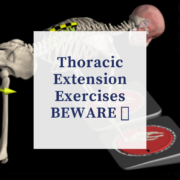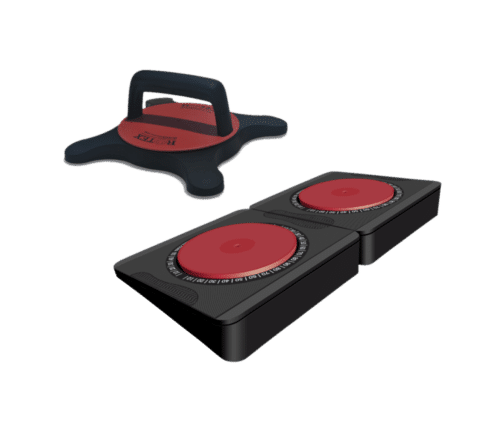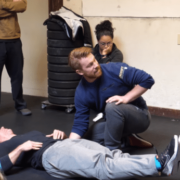Discover thoracic (upper back) extension, flexion, and rotation exercises for baseball and softball players. Learn foam roll, seated mobility, strengthening, and stretching routines in this post by Dr. Joe LaCaze of Rotex Motion. Also, CLICK HERE to learn how to release low back tension using Rotex Motion.
Thoracic Extension Exercises: 3 Mistakes You May Be Making
Thoracic Extension Exercises BEWARE: “A Little Bit Of Knowledge Is A Dangerous Thing”
We read an article, see a post or watch a video about a movement we must do to be able to swing, throw or lift better. One movement that we see and read about a lot lately is “thoracic extension exercises”, which is the ability to extend our spine backward in certain movements that are helpful in the launch position for hitting, swinging and throwing.
It is an absolute fact that thoracic extension is a key part dynamic hitting, swinging and throwing, almost every pro we watch does it well.
We go on the internet and search “thoracic extension exercises” and we find a few that look good. We see quotes by experts that say, “lack of thoracic extension causes injury”, which is 100% true, by the way.
We are sold, so we start out to improve our thoracic extension with only the knowledge about how to do a few exercises. Let’s explore some options…
Foam Roller
One of the most common thoracic extension exercises is laying on our back and rolling on a foam roller. The best thing about this exercise is that it is simple and relatively safe. On the other hand, since all the bones in the thoracic spine attach to ribs, it does not really do any permanent good because we just can’t extend far enough back on a foam roller to completely activate and strengthen all the muscles that extend the spine.
The “Superman”
Another common exercise we can do on our own is lying on our stomach and doing an exercise called “Superman”. We lift our entire upper body off the floor with our arms out or above our head and we arch backward with our head, upper spine and lower back. This exercise may be fine for some, but there is a risk that we will aggravate the lower back if we have already had any problems in that area.
In my experience, this exercise is counter-productive because we don’t want to arch the lower back anymore than it already is, we just want to arch the thoracic spine. Unless we are incredibly flexible already, most of us cannot control the thoracic movement without the lower back getting involved.
Seated Rows
Seated Rows is another exercise trainers teach as a good thoracic extension exercise. While there is nothing really wrong with the seated row for what it accomplishes to strengthen the rhomboid and some other muscles, it doesn’t really target the deep muscles that extend the spine.
We can either “go with what we know” or learn “what we don’t know that we don’t know”.
Here is what most people, even many experts, don’t know about creating more thoracic extension.
Before doing any exercise to improve a lack of range of motion or lack of movement, we need to ask ourselves these questions:
- “What is keeping me from making the movement in the first place?”
- “Is it just weakness in that one area or is the opposite movement so tight or locked-up that it is keeping me from making the movement?”
If we sit at a desk, work on a computer, text on a phone, read, drive, etc….we may be locked in thoracic flexion, the opposite movement to thoracic extension.
5 Things you MUST know about Thoracic Extension Exercises
- We have to first activate all movements that keep us FROM going into extension before forcing ourselves INTO extension.
- Not only must we activate and strengthen thoracic flexion, there are other movements we must do first that restrict thoracic extension.
- If we do thoracic flexion, thoracic rotation, and thoracic side bending, we have cleared every restrictor to movement for thoracic extension. Then it is as simple as strengthening that movement.
- Now we are good to go? Wait, there’s one more…
- If we can create all these movements while rotating our shoulders outward and hips inward against rotational resistance at the same time, then we are golden! Not only have we accomplished every movement, we have created the stability we need in the lower back and shoulders and have also synchronized the same movements we use in hitting, swinging and throwing.
Using the RotexMotion floor models with the following thoracic extension exercises, will save you and your hitter a lot of time, effort, and pain…
[From Joey Myers] Check out this post I did on Rotex Motion. It’s been a game changer for my players, and myself! This exercise is brand new. If you’re interested in investing in the RotexMotion floor models, then go to TheStartingLineupStore.com, pick floor models, and don’t forget to…






